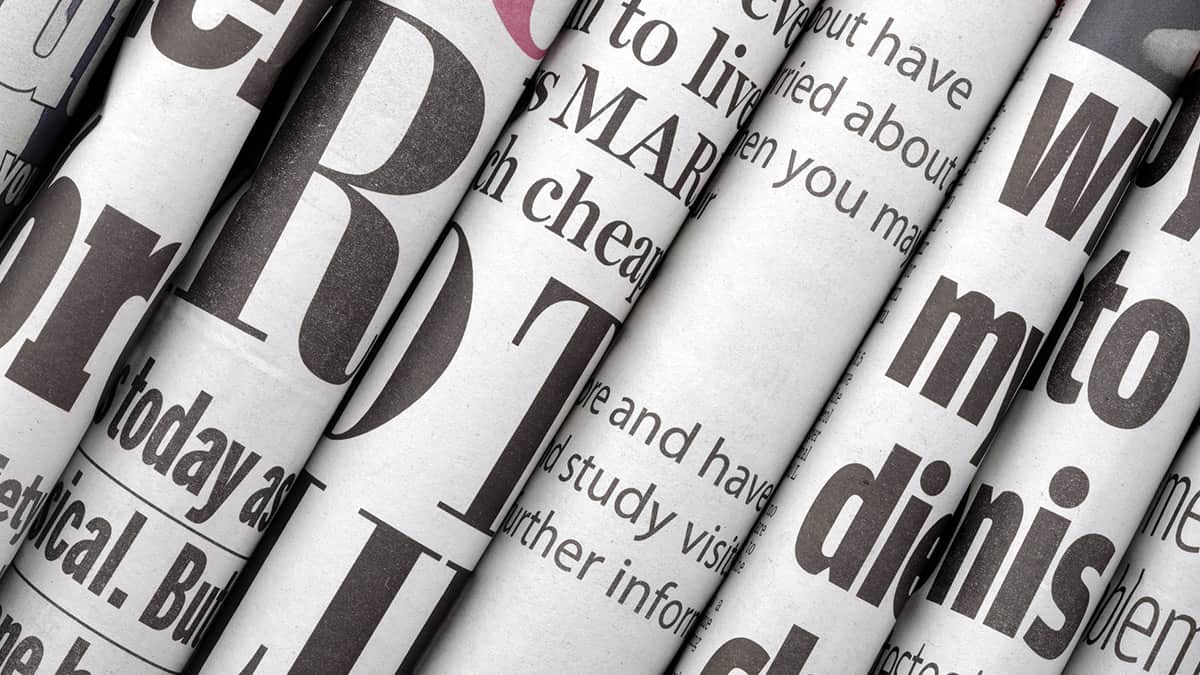
Writing press releases: 8 do’s and don’ts
I came across a cringe-worthy press release the other day. It started like this (names crossed out to protect the guilty):
Entrepreneur Rises From The Ashes To Bring Humor To The Scorned Woman! Exclusive
XXXXXX – a hilarious new company with gift cards and merchandise to make even the angriest woman break into a hearty chuckle. Ex’s! The hilarious website is worth checking out!!
FOR IMMEDIATE RELEASE — May 24, 2012 — Entrepreneur XXXXXX Johnston, knows exactly how a Scorned Woman feels. Bitten not once, but twice by her EX, most women would fall into a pit of anger, despair and humiliation. Not this woman!
After picking my jaw off the floor, I wondered if the writer had mistakenly distributed the beginning of a romance novella, not a press release announcing a “hilarious new company.”
Drafting a well-written press release doesn’t require a Public Relations degree, but you do need something worth touting. A press release without concrete news is just as bad as a poorly written one. After that, it’s a matter of writing and formatting it in a way that makes you credible and attracts the attention of a busy journalist.
Follow these essential do’s and don’ts the next time you write a press release:
DO ALWAYS …
Put the point of your press release in the very beginning. In the example above, I’m six sentences in – including the headline and subhead – and I still have no idea what the release is about. Sure, maybe they’re establishing a creative hook, but six going on seven sentences is no longer creative, it’s annoying. You only have a few precious seconds to tell the media who you are and why they should continue reading. Cover who, what, when and where by the end of the first paragraph.
Follow proper spelling, punctuation and grammar. This isn’t a blog post or email where people are more forgiving if you write “lie” when you mean “lay” or capitalize something to stress a point. Reporters and their copy editors religiously follow guides like the Associated Press Stylebook and/or the Chicago Manual of Style; check out the AP Stylebook Twitter feed (they often tweet tips and host chats) and the Chicago Q&A section. Or follow one of our favorites here at VerticalResponse, the Grammar Girl – she’s got tons of free quick and dirty tips!
Have a boilerplate. This is the “About [Your Company Name]” section you see at the end of press releases. It’s basically a short, one-paragraph description of your company, where it’s located and where readers should go for more information (like your website, social media networks and phone number). If a reporter isn’t familiar with your company, he or she will expect to find that information at the end of a press release.
Get a second set of eyeballs. After you’ve been staring for hours and hours at something you’ve written, you need a fresh pair of eyes to catch any mistakes you might’ve missed. At VerticalResponse, everything we write for external audiences – from blog posts to Web copy to email campaigns – goes through a formal editing/review process that involves many team members.
DON’T EVER …
Exaggerate. Unless you’re only sending the press release to one person, it’s not “exclusive.” Unless lives are in danger or President Obama is speaking, it’s not “breaking news.” Same goes for “breakthrough,” “pioneering,” “revolutionary” and all those other fluffy adjectives that reporters would never use in their news writing anyway. Instead, demonstrate how you’re innovative with an example or customer testimonial.
Use exclamation marks. Yes, you’re excited about your news and want to shout it to the world. But a press release is a formal company announcement. You won’t find an exclamation point in a news article in the Wall Street Journal or Bloomberg Businessweek, so keep the dramatic proclamations to your marketing materials and more informal communications.
Write an essay. Who has time to read 10 paragraphs? Not a busy journalist, that’s for sure. Keep your press release to no more than one-and-a-half pages, single spaced. (And no, you can’t use 10-point font.) Break your text into short paragraphs. Use bullet points and subheads. This way, readers can skim the release and get the gist of your news quickly.
Use “you,” “we” or “I” – except in the quote. Just like a news story, a press release should be written in the third person. Use words like “customers,” “consumers,” “users” and/or plain old “people.” The only place where a first, or second person narrative is OK is in a quote from a company representative.
For more press release advice, here’s a handy template that shows how press releases are generally structured.
Writing a press release shouldn’t be a daunting task. Remember these cardinal rules and those on the receiving end will thank you for it!
© 2012 – 2018, Contributing Author. All rights reserved.




Another tip I like to give is to create a strong headline that is newsworthy. Your headline must talk to the pain or challenge you are addressing and for whom, otherwise you risk getting glossed over for bigger headlines from someone else!
Thanks for the comment, Megan! Glad you enjoyed the post. – Connie
Thank you. Thank you. Thank you. Poorly written PR’s drive me bonkers. Thanks, VR, for always keepin’ our game tight. 🙂